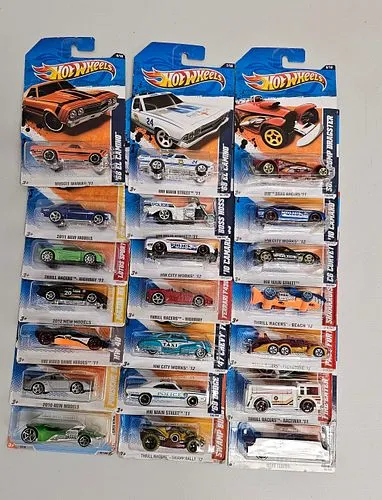Hot Wheels Diecast: The Basics
Hot Wheels diecast cars have captivated collectors and car enthusiasts for decades, offering a miniature world of automotive design and excitement. These small-scale vehicles are not just toys; they represent a vibrant culture of collecting, trading, and appreciating finely crafted models. This article delves into the fascinating realm of Hot Wheels diecast cars, exploring their history, construction, and the passion they ignite in collectors around the globe. Understanding the basics is essential for anyone looking to start or expand their collection. From their initial design to the intricacies of their manufacturing, Hot Wheels offers a unique blend of nostalgia, artistry, and investment potential. This guide will give you all the details you need to have the best possible start.
What is a Hot Wheels Diecast?
A Hot Wheels diecast car is a miniature automobile made using a die-casting process. This involves injecting molten metal, typically zinc alloy, into a mold to create the car’s body. The term “diecast” refers to this manufacturing method, which allows for the creation of highly detailed and durable models. These cars are known for their small size, typically around 1:64 scale, making them ideal for collecting and display. The level of detail on these cars, from the paint finish to the realistic wheels and interiors, is a testament to the craftsmanship involved. They are designed to be both collectible items and toys, appealing to a broad audience that loves cars and the excitement of miniature replicas. The diecast process ensures the durability of the cars, allowing them to withstand the wear and tear of play while also preserving their value as collector’s items.
The History of Hot Wheels
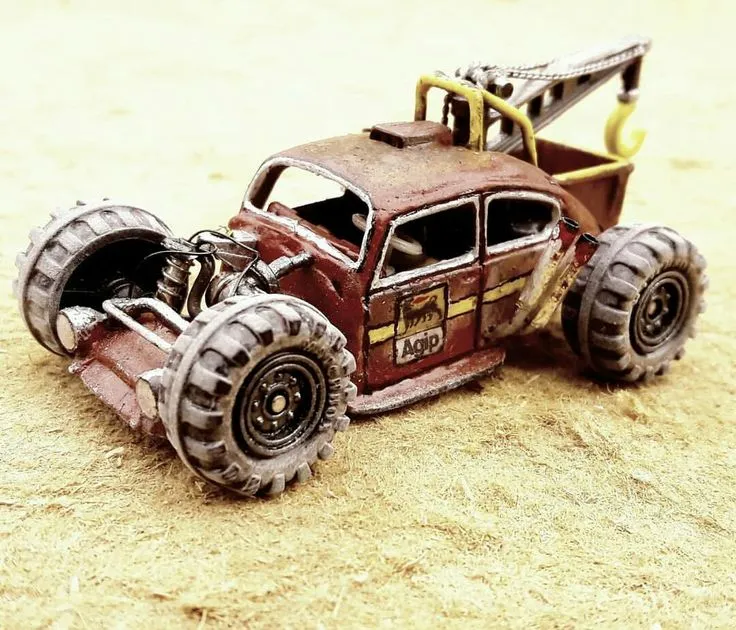
The Hot Wheels brand was launched in 1968 by Mattel, revolutionizing the toy car industry. Designed to compete with Matchbox cars, Hot Wheels quickly distinguished themselves with their vibrant colors, eye-catching designs, and the innovative “Spectraflame” paint. The original lineup of 16 cars, known as the “Sweet 16,” set the stage for what would become a global phenomenon. These cars featured sleek designs, fast wheels, and unique features that captured the imagination of children and adults alike. The introduction of the famous orange track and the emphasis on speed and performance further cemented Hot Wheels’ place in pop culture. Over the years, the brand has expanded its range to include thousands of different models, collaborations with various car manufacturers, and themed series that cater to every interest and passion of collecting enthusiasts.
Why Collect Hot Wheels Diecast?
Collecting Hot Wheels diecast cars offers a multitude of benefits and appeals to a diverse group of enthusiasts. For some, it’s the nostalgia factor, a way to relive childhood memories and connect with a beloved brand. Others are drawn to the intricate designs and the thrill of finding rare and valuable models. The hobby can provide a sense of community, connecting collectors through online forums, clubs, and local events. The value appreciation of certain models also makes collecting an investment opportunity, with rare and limited-edition cars often commanding high prices. Collecting Hot Wheels can also be a creative outlet, as enthusiasts often customize their cars, create displays, and share their passion with others. Whether it’s the joy of the hunt or the beauty of the cars, there is something in this hobby for everyone. (Image hot-wheels-collecting)
Top 5 Hot Wheels Diecast Facts
Here are five fascinating facts about Hot Wheels diecast cars that might surprise even the most seasoned collectors. These facts highlight the history, manufacturing, and culture surrounding these iconic miniature vehicles. From the materials used to create them to the details that make them valuable, the world of Hot Wheels is filled with intriguing details that add to their appeal and collectibility. Dive in to learn more about what makes Hot Wheels so special and why they continue to be a favorite among collectors and enthusiasts of all ages. These facts showcase the depth of the Hot Wheels universe and its lasting impact on the world of toys and automotive culture.
Fact 1: The Materials Used
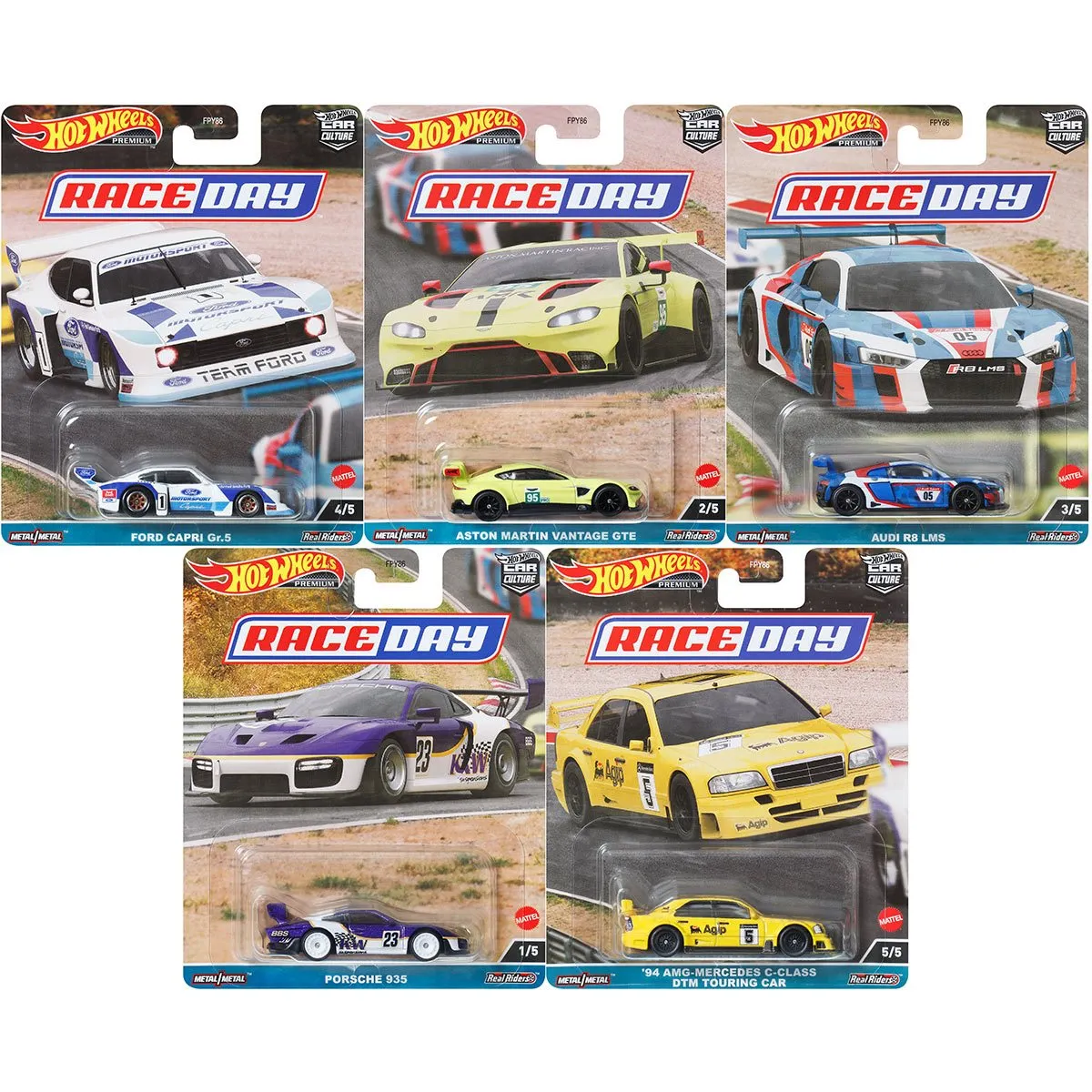
Hot Wheels diecast cars are primarily made from a zinc alloy, often referred to as Zamak. This material is ideal for die-casting because it offers excellent dimensional stability, allowing for intricate details and durability. The bodies of the cars are typically made of Zamak, while the wheels and other components may be made of plastic or rubber. The use of different materials contributes to the overall quality and appearance of the cars. The painting process is also crucial, with the application of vibrant, detailed finishes that enhance their visual appeal. The combination of materials and techniques ensures that each car is not only a visually appealing collectible but also a durable item designed to withstand the rigors of play and handling. (Image hot-wheels-materials)
Fact 2: The Scale and Dimensions
Most Hot Wheels diecast cars are produced in a 1:64 scale. This scale means that the miniature car is 1/64th the size of the actual vehicle. This scale allows for a high degree of detail in a compact format, making them easy to collect, display, and store. The dimensions of each car vary slightly depending on the real-life vehicle it represents, but the 1:64 scale offers a consistent reference point. This standardization is essential for collectors who build displays, create dioramas, or simply enjoy the consistency across their collections. The small size also contributes to the widespread appeal, as the cars can be easily transported and enjoyed anywhere. Understanding the scale is fundamental to understanding the hobby and comparing different models within your collection. (Image hot-wheels-scale)
Fact 3: Rarity and Value
Rarity and value are significant factors in the Hot Wheels diecast collecting world. Limited edition models, error cars (with manufacturing defects), and cars from special series often command higher prices. Factors influencing value include the model’s age, condition, and the number of units produced. Some rare Hot Wheels cars can be worth thousands of dollars, making them highly sought after by collectors. The hunt for rare models adds excitement to the hobby, and collectors often spend considerable time and effort seeking out these treasures. Assessing the value of a Hot Wheels car involves careful consideration of these factors, coupled with an understanding of market trends and the overall condition of the car. (Image rare-hot-wheels)
Fact 4: Special Editions and Series
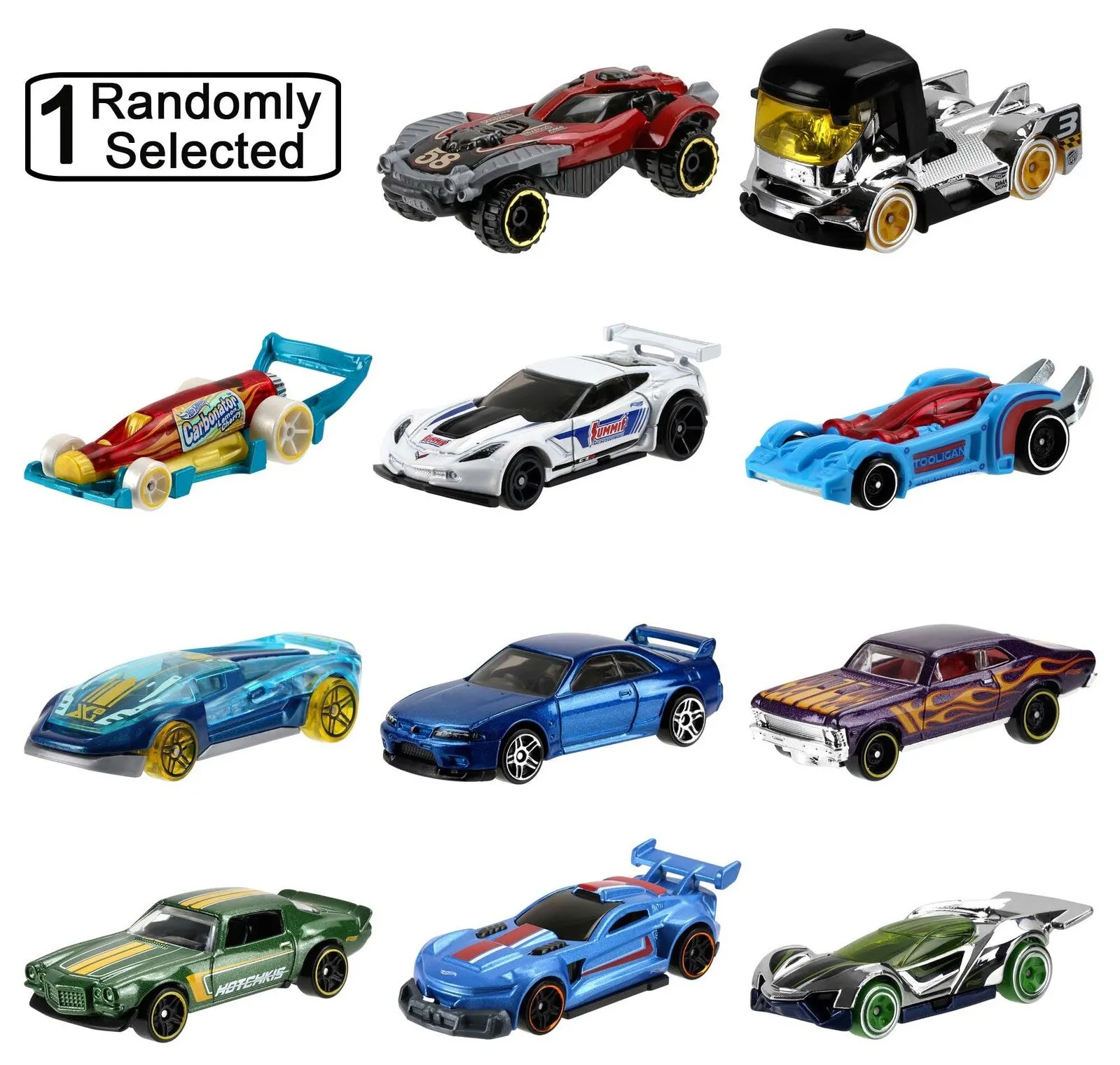
Hot Wheels regularly releases special editions and themed series that appeal to collectors. These editions often feature unique designs, paint jobs, and packaging that make them stand out. Some popular series include collaborations with car manufacturers, movie franchises, and other brands. Themed series may focus on specific genres like muscle cars, race cars, or futuristic vehicles. Special editions can include Treasure Hunts (cars with unique markings), and Super Treasure Hunts (with premium features like Real Riders tires and Spectraflame paint). These releases encourage collectors to expand their collections and provide a constant stream of new models to chase. These special series also capture the excitement of enthusiasts through exclusive designs and limited production runs.
Fact 5: The Manufacturing Process
The Hot Wheels diecast manufacturing process involves several steps. The process begins with the design and creation of molds. Molten Zamak is injected into the molds under high pressure to form the car body. The body is then cooled and removed, followed by cleaning and finishing. The car is painted, detailed, and assembled with wheels, interiors, and other components. The meticulous process ensures that each car meets quality standards and has a high level of detail. Innovation in manufacturing, like the Spectraflame paint process, has also added to the uniqueness of these toy cars. It’s a sophisticated process combining technology, artistry, and quality control, enabling the creation of detailed miniatures. (Image hot-wheels-manufacturing)
How to Identify a Genuine Hot Wheels Diecast
Identifying a genuine Hot Wheels diecast car is critical for collectors to ensure their purchases are authentic and valuable. Counterfeit cars can be deceptive, so knowing how to spot the differences is essential. Collectors should thoroughly inspect packaging and details, focusing on the accuracy of logos, fonts, and colors, as these are often imitated. Inspecting the wheels and base of a Hot Wheels car reveals crucial details; genuine models have specific wheel designs, and the base should bear the correct markings. Considering the paint and finish also helps distinguish authentic models. Hot Wheels cars are known for high-quality paint and finishes, while counterfeits often have subpar paint or misaligned details. This assessment requires a keen eye and a reference to authenticate details.
Examine the Packaging and Details
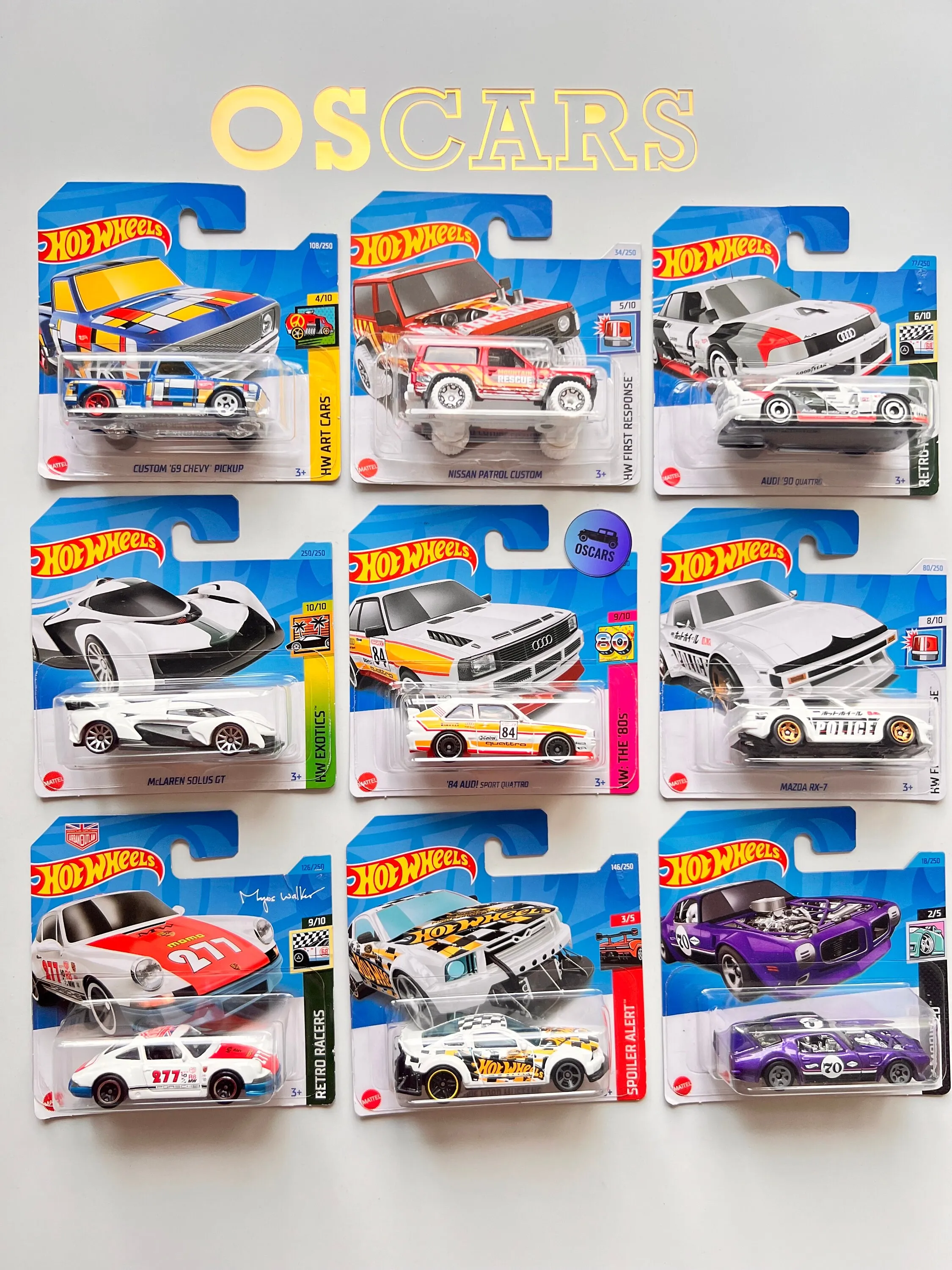
Examine the packaging for authenticity. Original packaging will have accurate logos, fonts, and color schemes consistent with the era. Look for any irregularities, such as spelling errors, misaligned graphics, or incorrect branding, as these may indicate a fake. Check the packaging’s overall condition and any wear, which can provide clues about age and handling. The details on the card, such as the model name, copyright information, and any special features, should match the car inside. Packaging can be a clear indicator of authenticity as fake cars frequently use low-quality printing and inaccurate details to cut costs. Comparing with known examples helps identify inconsistencies and verifies the origin of the car.
Check the Wheels and Base
Wheels and base details offer reliable signs of authenticity. Genuine Hot Wheels cars have specific wheel designs that evolved over time. Knowing these variations helps identify the era and originality of a model. Inspect the base of the car for correct markings, including the manufacturer’s logo, model name, and any other relevant details. The base should also be made of the appropriate material. Fake cars may have generic or incorrect wheels and bases. Comparing the wheel style and base markings with reference materials helps confirm the car’s authenticity and provides additional context. This critical assessment ensures collectors can distinguish original models from replicas, contributing to their collection’s value.
Consider the Paint and Finish
The paint and finish play a critical role in distinguishing genuine Hot Wheels cars from fakes. Authentic models showcase a high-quality paint job with smooth, even coverage and accurate color matching. Inspect the paint for any imperfections, such as runs, bubbles, or uneven application. Pay close attention to the details and the accuracy of any graphics or tampo prints. The finish on the car, whether glossy or matte, should be consistent with the original design. Fake cars often have subpar paint with uneven or inaccurate colors, making them easier to spot. Considering the overall quality and appearance provides key insights into the car’s origin. Comparing the paint finish with genuine examples helps authenticate the vehicle, providing the information needed to assess the value.
Where to Buy Hot Wheels Diecast
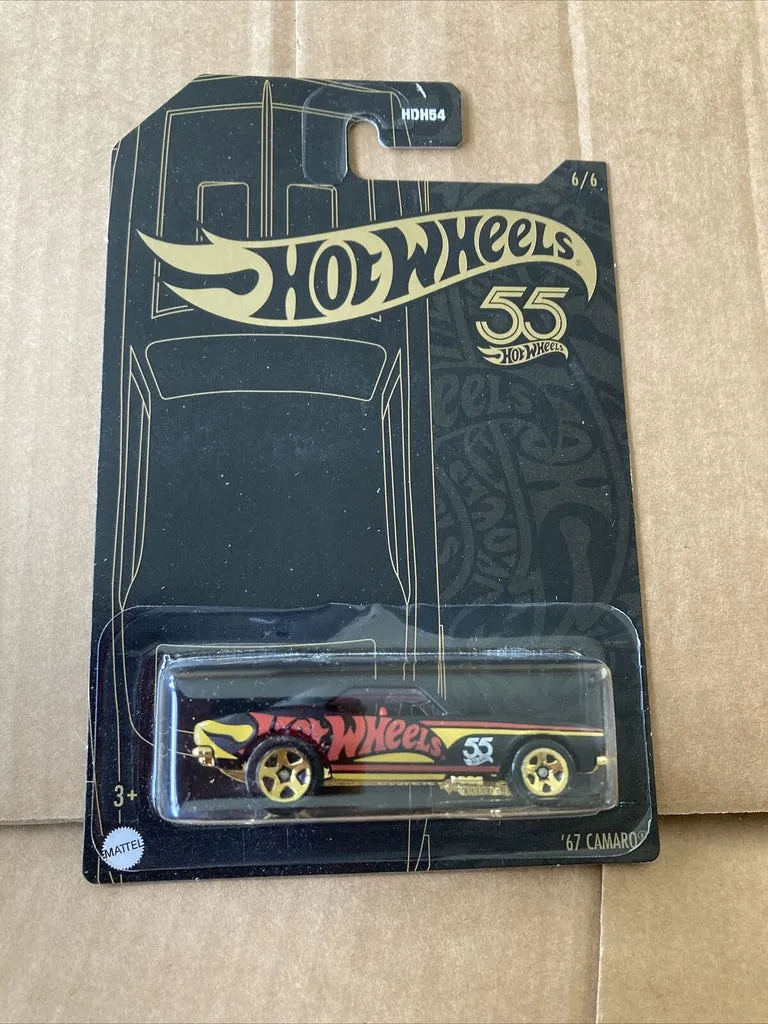
Finding and purchasing Hot Wheels diecast cars involves exploring various channels, each offering unique advantages for collectors. From online platforms to local shops and specialized retailers, several options cater to the needs of collectors. Consider factors such as price, selection, and authenticity to maximize your collecting experience. These sources provide varied opportunities for collectors to acquire new additions to their collections and interact with the wider collecting community. The best place to buy cars can depend on individual preferences. These options include a mix of convenience, value, and the chance to find rare or unique items. Knowing where to look helps collectors build their collections and expand their knowledge of the Hot Wheels hobby.
Online Marketplaces
Online marketplaces offer a convenient way to buy and sell Hot Wheels diecast cars. Platforms like eBay, Etsy, and dedicated diecast car forums have vast selections from various sellers. They offer a wide range of models, including rare and vintage cars. Online marketplaces allow collectors to compare prices, read reviews, and often find deals. However, it’s important to verify the seller’s reputation and the car’s authenticity. Always review the product description, photos, and seller feedback to protect against fakes. These platforms also provide a global reach, letting collectors discover and purchase cars from around the world. (Image hot-wheels-marketplace)
Local Hobby Shops
Local hobby shops provide a more personal collecting experience. They offer opportunities to meet other enthusiasts and see cars in person. Hobby shops often have curated collections, and staff can provide expertise and advice. They also provide a sense of community and the chance to connect with other collectors. These shops allow collectors to physically inspect the cars. This hands-on experience reduces the risk of buying fakes and ensures that you get exactly what you want. Local hobby shops often offer a selection of new and vintage models. They may also have access to rare or limited-edition cars. Building relationships with local shops can greatly enhance your collecting experience.
Specialty Retailers
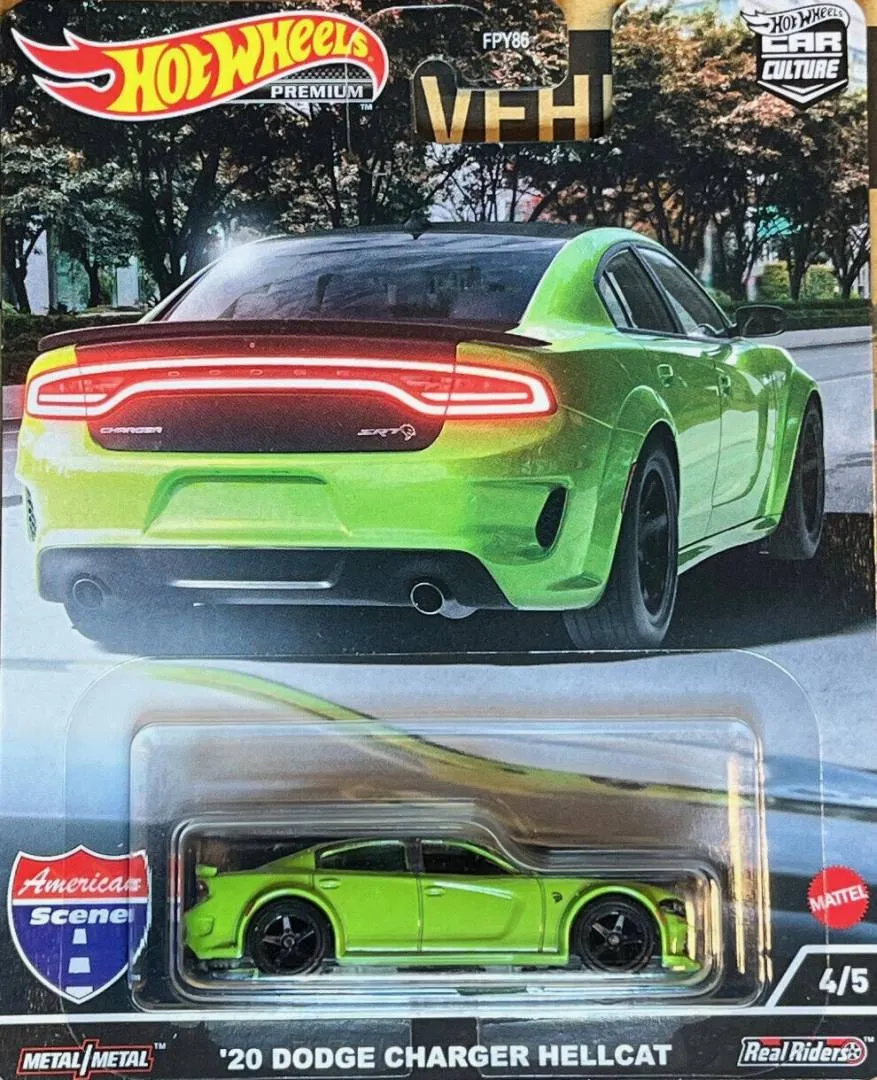
Specialty retailers focus exclusively on diecast cars, offering a curated selection of Hot Wheels models. These retailers are an excellent option for finding rare or premium cars. They offer expert knowledge and often provide exclusive or limited-edition releases. These stores often have a knowledgeable staff that can provide advice and assist collectors with their selections. Collectors benefit from specialized displays and events within these retailers. This creates a unique collecting atmosphere. These stores can enhance your collecting experience with a focus on quality and community. You’re also more likely to find exclusive cars that might not be available anywhere else, adding significant value to your collection.
